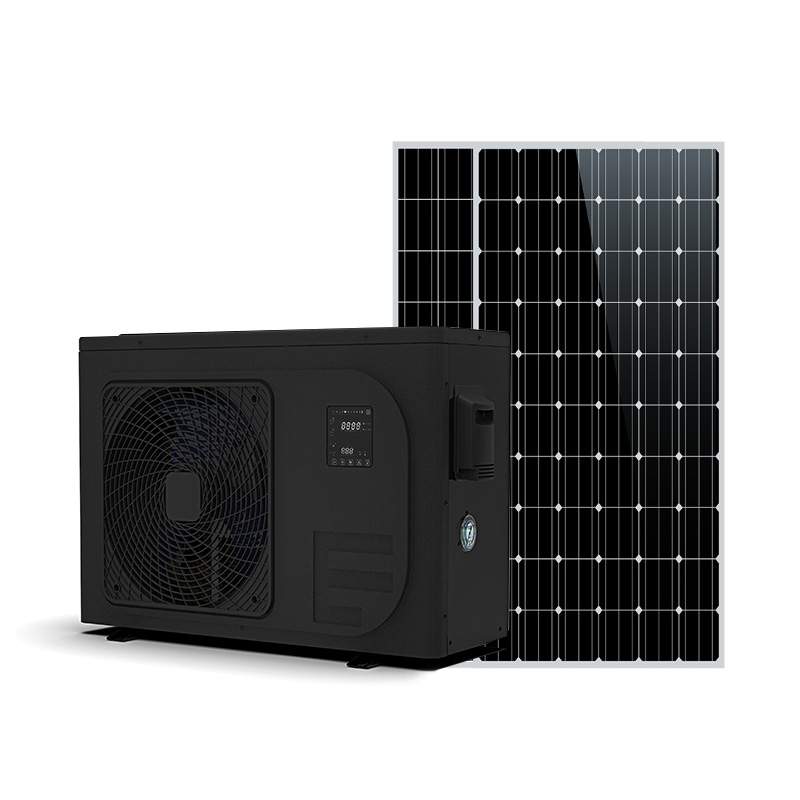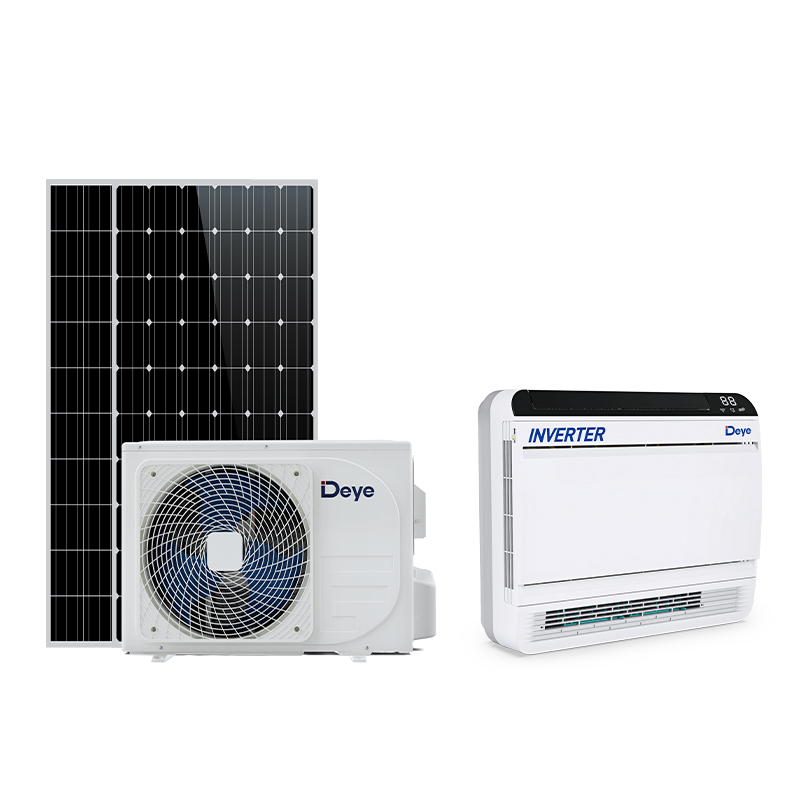Hybrid ACDC solar window air conditioners have widespread applications in energy conservation and environmental protection. Key parameters for evaluating their energy-saving performance include EER (Energy Efficiency Ratio) and SEER (Seasonal Energy Efficiency Ratio). These two core indicators of air conditioning system performance directly impact operating costs, user experience, and system selection.
What is EER (Energy Efficiency Ratio)?
EER refers to the cooling capacity generated per unit of electrical input power under specific operating conditions. The calculation formula is:
EER = Cooling Capacity (BTU/h) ÷ Input Power (W).
The higher the EER, the greater the cooling capacity per unit of electrical input power, indicating better energy-saving performance. This is suitable for testing fixed-frequency air conditioners operating for short periods of time and is often used to compare efficiency under standard operating conditions. Typical EER values for Hybrid ACDC Solar Window ACs:
Generally, they range from 9.5 to 12.0 BTU/W.
High-performance products can reach over 12.5.
Models equipped with high-efficiency DC compressors and electronic expansion valves can achieve EERs exceeding 13.0.
Comparable traditional window ACs typically have EERs between 8.5 and 10.0, a significant difference.
What is SEER (Seasonal Energy Efficiency Ratio)?
SEER refers to the total cooling capacity generated per unit of power under operating conditions that simulate year-round climate change and load fluctuations. The calculation formula is:
SEER = Annual Cumulative Cooling Capacity (BTU) ÷ Annual Total Energy Consumption (Wh)
SEER better reflects the energy-saving performance of an air conditioning system during actual use and is commonly used to evaluate the performance of inverter, multi-mode, and hybrid air conditioners. Typical SEER values for Hybrid ACDC Solar Window ACs:
Generally range from 15 to 21 BTU/Wh.
High-end models can achieve SEERs above 23.5.
Some models have passed DOE (U.S. Department of Energy) or Energy Star testing, achieving SEERs of 25+.
Compared to traditional AC-only window units (SEER 1013), energy savings can reach up to 40-60%.
The AC/DC hybrid power supply improves energy efficiency.
When operating in DC mode, the compressor and motor of the Hybrid ACDC Solar Window AC are more efficient due to the elimination of AC-DC conversion losses.
During sunny daytime operation, EER can be improved by approximately 10-15%. The average SEER improvement over the entire year is 8-12%.
System losses in DC operation are approximately 5-8% lower than those of traditional AC systems.
In addition, some high-end models support MPPT control algorithms and energy allocation logic, automatically adjusting operating mode based on real-time solar radiation intensity and load, further optimizing seasonal energy efficiency.
Energy Efficiency Rating Standards for EER and SEER
Based on different regions and certification standards, the minimum EER and SEER requirements are as follows:
|
Region/Certification |
Minimum EER Requirement |
Minimum SEER Requirement |
|
United States (Energy Star) |
≥ 10.0 BTU/W |
≥ 15.0 BTU/Wh |
|
European Union (ErP A++) |
≥ 11.5 BTU/W |
≥ 20.0 BTU/Wh |
|
China (Energy Efficiency Grade 1) |
≥ 10.5 BTU/W |
≥ 21.0 BTU/Wh |
|
India (BEE 5-Star) |
≥ 9.8 BTU/W |
≥ 18.0 BTU/Wh |
User Value of High EER/SEER
Energy Cost Savings: High SEER units can save 15-35% annually compared to traditional air conditioners.
Carbon Emission Reduction: When used with a solar system, each unit reduces CO₂ emissions by an average of 200kg per year.
Improved Equipment Stability: High-efficiency compressors and inverters lower operating temperatures and extend service life.
Suitable for Off-Grid Operation: Required PV area and battery capacity are significantly reduced when operating at EER >12 and SEER >20.


 Español
Español русский
русский Français
Français Português
Português Deutsch
Deutsch عربى
عربى italiano
italiano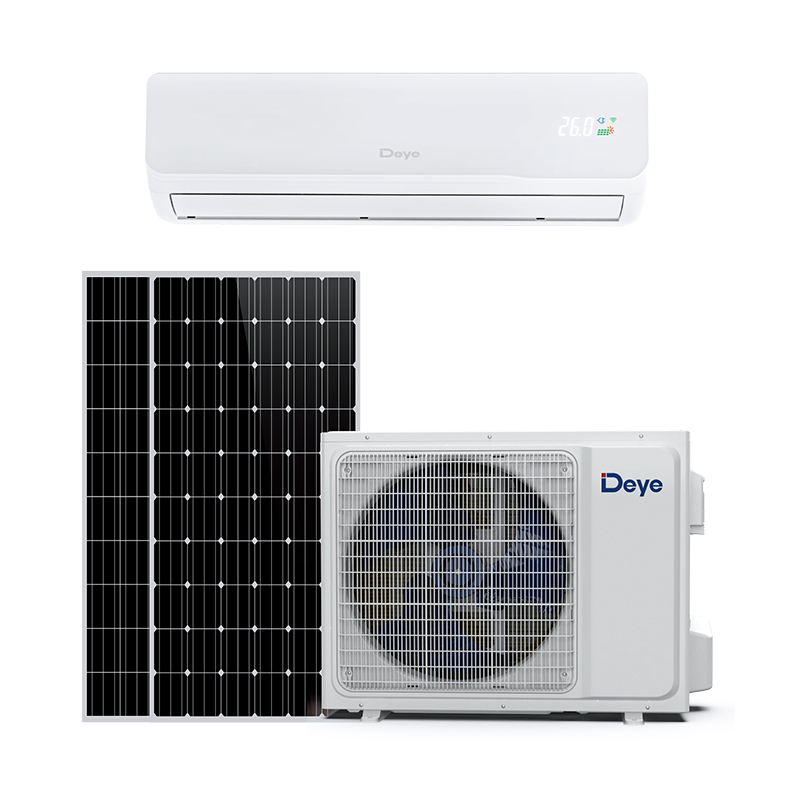
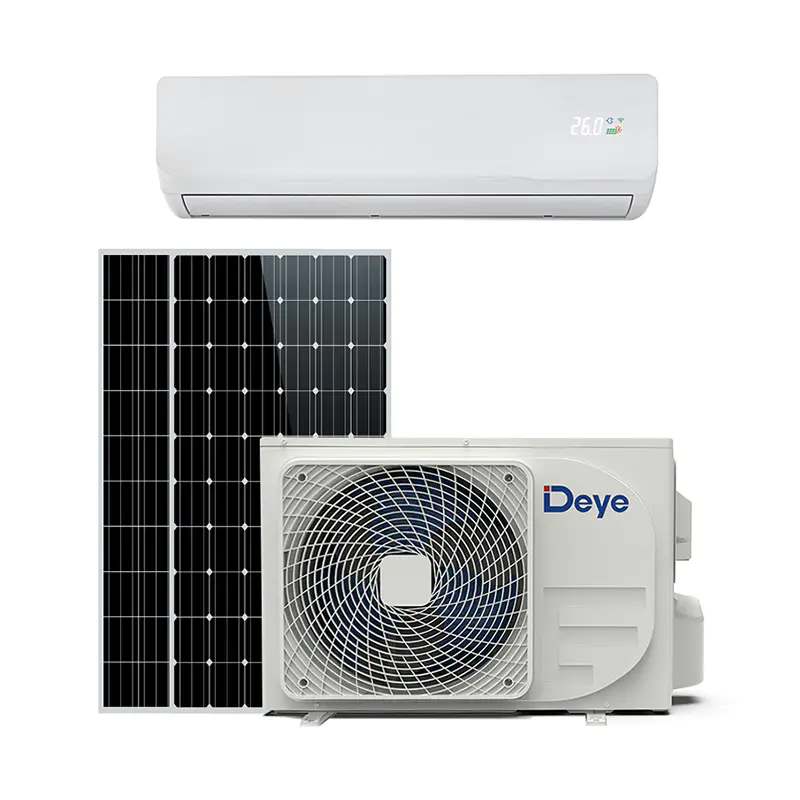
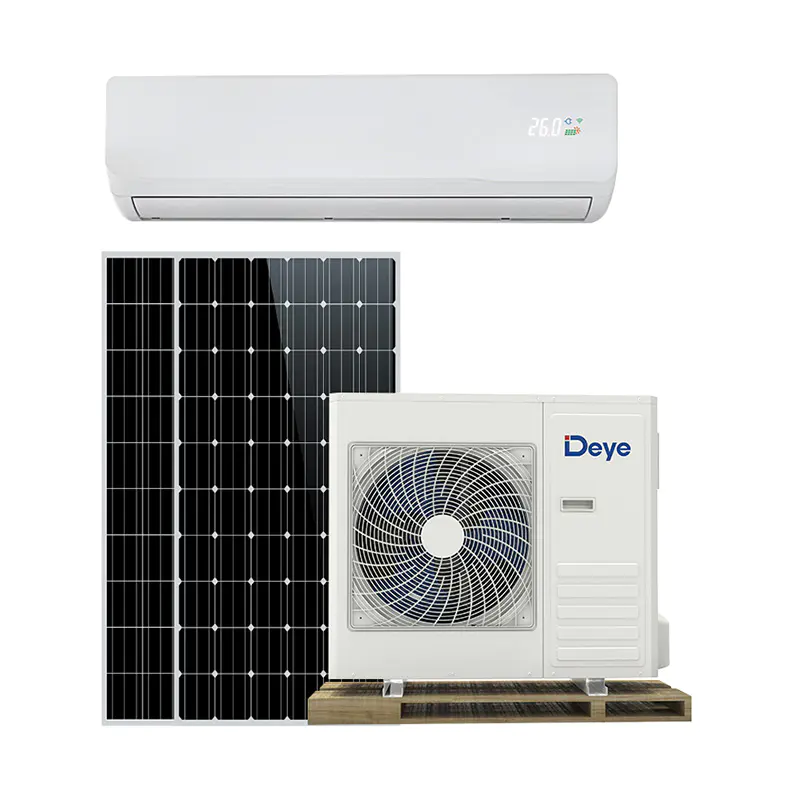
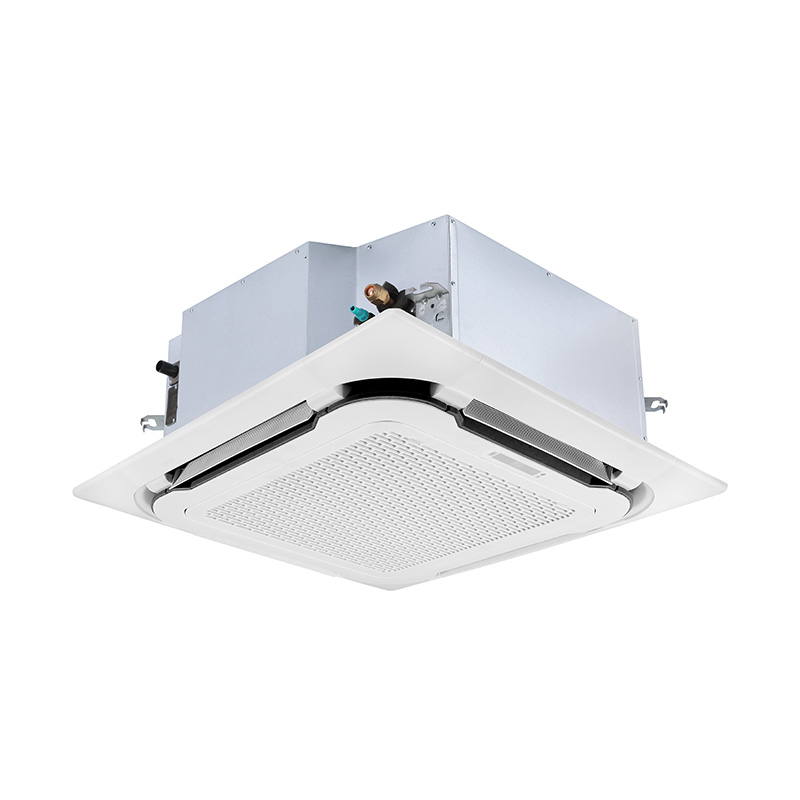
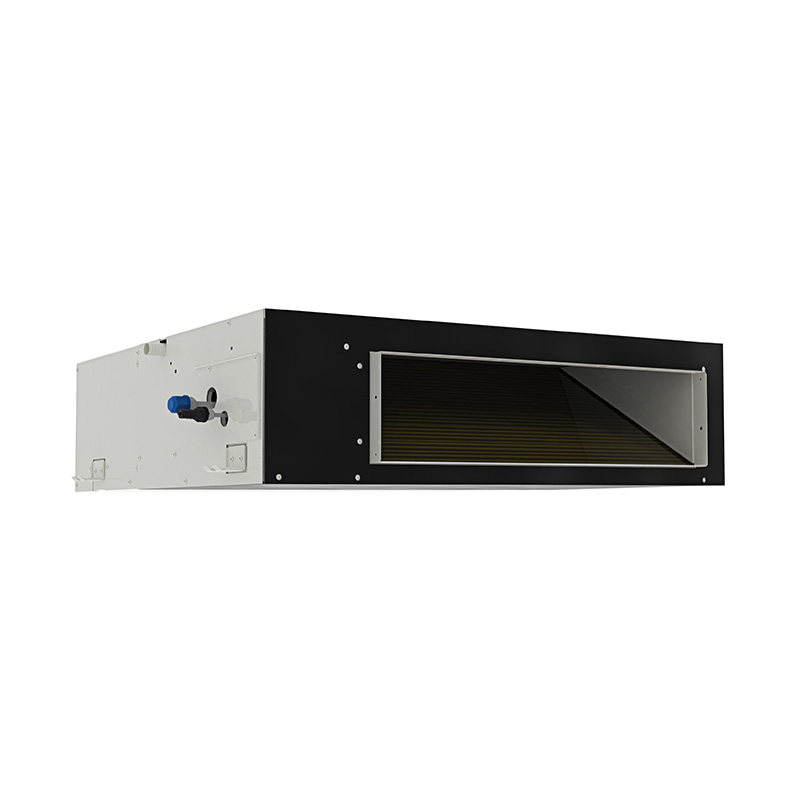
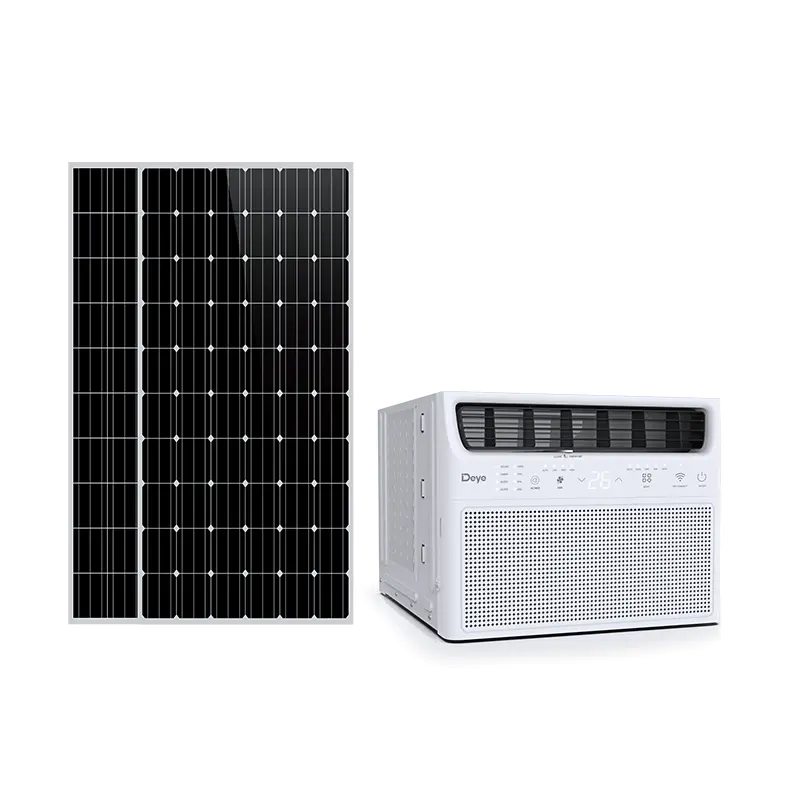
-1.jpg)


